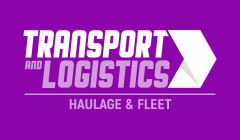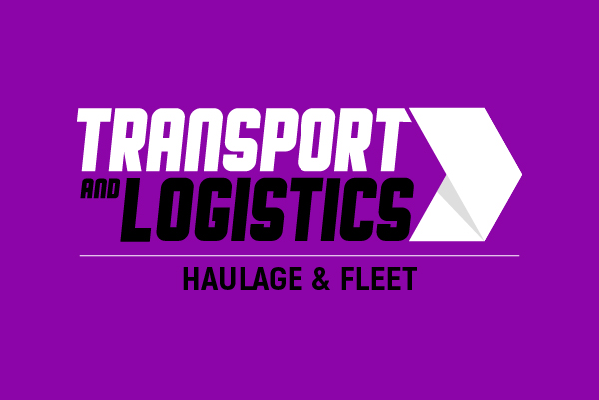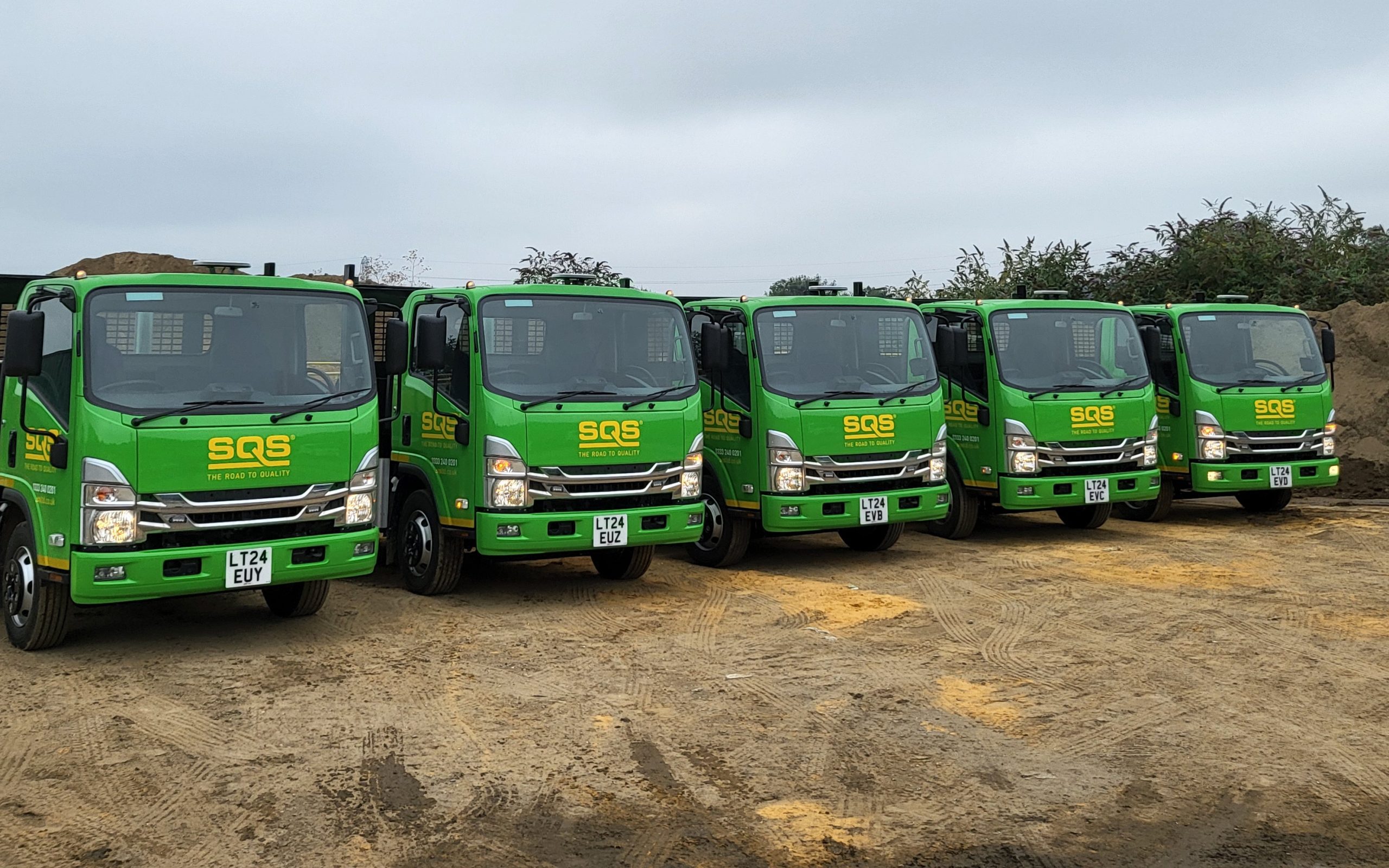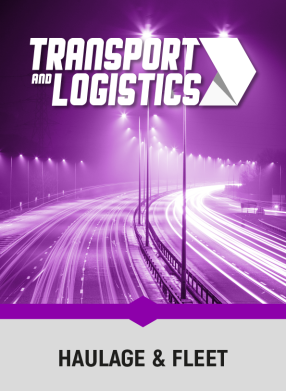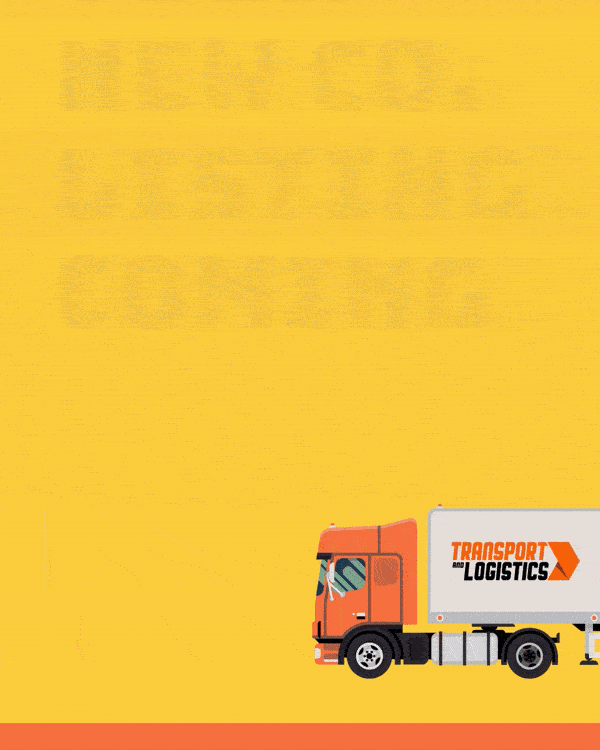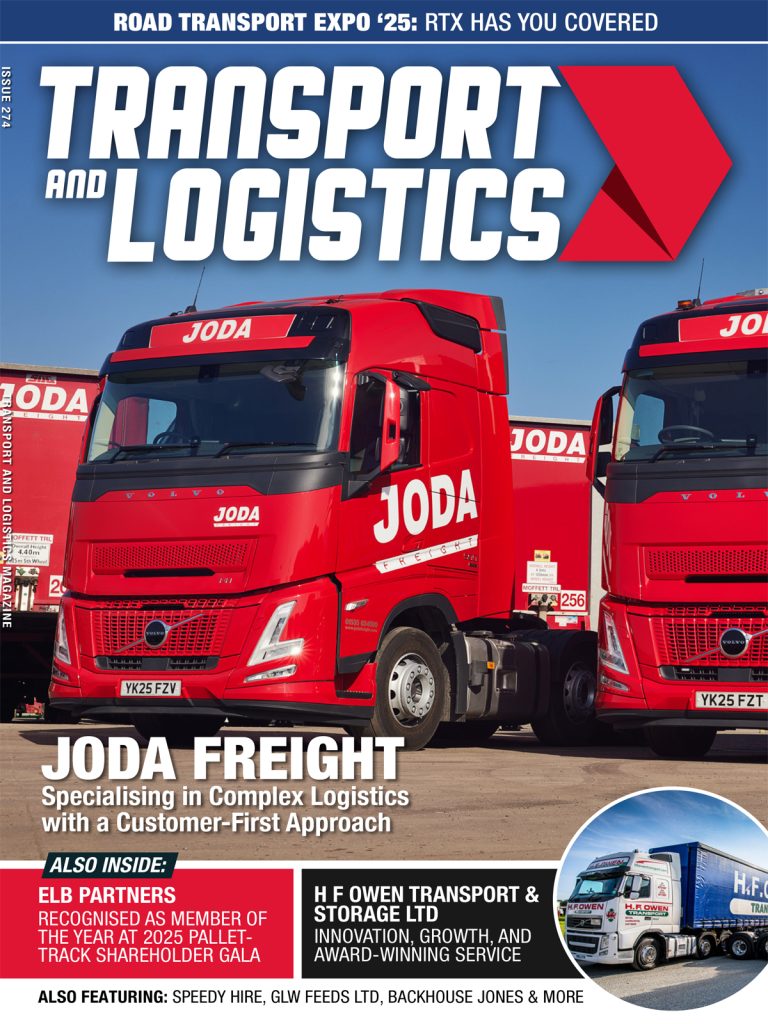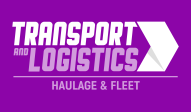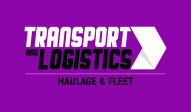SQS’s fleet modernisation, led by Transport Manager James Gupwell, integrates sustainability, efficiency, and cutting-edge technology to meet operational and environmental challenges.
SQS has embarked on a significant fleet investment programme led by its ambitious owners and Executive Directors, Maurice and Katrina O’Connor. The company operates a diverse fleet of approximately 400 vehicles, including 120 heavy goods vehicles (HGVs), tailored to meet the unique demands of its utility services.
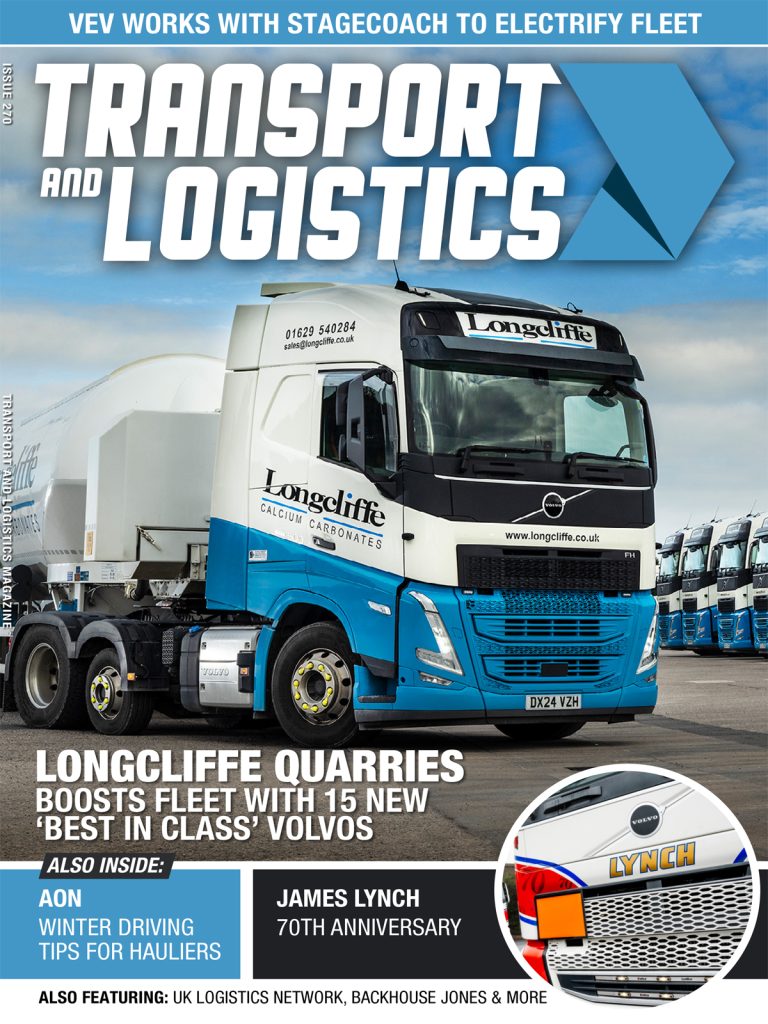
“Right now, we’re focusing on upgrading our larger HGV fleet to comply with initiatives like the London Direct Vision Standard and the GSR2 regulations for heavy vehicles,” says James Gupwell, SQS Transport & Plant Director. “This process led us to Isuzu for the 7.5-tonne chassis package. It’s a niche category with limited suppliers, and Isuzu stood out by offering the best combination of value, durability, payload capacity, fuel efficiency, and emissions compliance.
The Isuzu HGVs have been arriving in batches over the last 12 months with 20 currently on the fleet. A further five will arrive early next year. “We run these vehicles for several years, so it’s crucial to select the right manufacturer and chassis package to match our evolving work profiles,” notes James. While the Transport Manager concedes the DAF LF is possibly favoured by drivers in this class they are less practical.
“The Isuzu offers a better fit for our operations, as our vehicles are multi-purpose. Many of our 7.5-tonners are used for tarmac operations, while others support white-top workers and backfill teams for concrete work or slab laying. These vehicles often double as work platforms, so the lower height of the Isuzu is advantageous. It reduces the risk of falls and makes it easier for workers to get on and off, which played a key role in our decision-making.”
In addition, SQS is introducing a batch of Volvo FL 18-tonne HGVs which will similarly support the firm’s broader commitment to maintaining a reliable, up-to-date fleet that can respond effectively to the needs of its utility clients across London, the Home Counties, and the South East. As well as the Volvo HGVs meeting the required compliance standards such as GSR2, James highlights other important advantages. “While other manufacturers in this class meet the same requirements, the Volvo’s durability and build quality set it apart. The brand’s strong reputation, high residual values, and the robustness of the vehicle make it a well-built truck for this size category, ideal for our long-term needs.”
Optimising the Fleet and Using Data to Drive Carbon Reduction
Maurice and Katrina are keen to focus on the firm’s environmental impact and have recently partnered with a specialist carbon management firm. “We employ a lot of different tools to look at our environmental impact,” explains James. “We’ve just introduced new software to manage, monitor, and reduce our carbon footprint throughout the business as a whole.”
SQS acknowledges the challenges it faces as a carbon-heavy organisation. “We run trucks and lots of vehicles, and we do lots of groundwork. So, we’ve got things like tarmac, concrete, and engineering works going on, which result in a lot of carbon output. Our supply chain is also quite carbon-intensive because of the materials we purchase. As a business, we recognise that we need to do more to understand our impact and improve our position.”
One way SQS is tackling its carbon footprint is by optimising its vehicle fleet. The company’s recent introduction of Volvo HGVs added further Euro 6-compliant vehicles to its fleet, for example. “Volvo’s fuel economy is very good for its class,” James notes. “We also use telematics data onboard our vehicles to monitor and manage fuel economy, driver behaviour, and how the vehicles are used. By analysing data on harsh braking, acceleration, and excessive idling, we can identify areas where we can have a positive impact.”
Indeed, telematics has become a cornerstone of SQS’s strategy. “One of the things I started doing when I came into SQS in 2023 was enhancing the implementation of our Webfleet telematics system,” says James. “Previously, we weren’t fully utilising the system to capture fuel data and CO2 output. We’ve now updated the system to provide a full suite of data, giving us real-time insights into how drivers are using vehicles and how the vehicles are performing.”
Data and onboard CCTV analysis has also paved the way for targeted driver coaching initiatives. “Our fleet camera partner ObservIT is installed on all our HGV fleet. This allows us real time viewing as well as remote ‘over the air’ download capability. Combining this with our telematics data gives us a clear picture of how our trucks are being used.
“My transport managers and I meet with drivers to review their driving styles and performance, explaining what the data shows and how it translates to their actions on the road. We provide tips on improving behaviour, set targets, and follow up to track progress. For example, we might say, ‘This is your real-time score for this month; here’s where we want to see improvement, and these are the steps to achieve that.’”
A Vision for Fleet Modernisation
Since joining SQS 18 months ago, James has been instrumental in transforming the company’s transport operations. “We had very high maintenance costs and a frequent breakdown rate,” he notes, highlighting some of the most pressing issues. “Maurice and Katrina tasked me with improving fleet performance across the board, and I think we’ve made significant progress in many areas. We’ve invested in new vehicles, better systems, and the right people, which has given us the tools to measure and understand our position.”
The first phase of his tenure concentrated on laying the groundwork. “It was about building the foundations and setting stepping stones,” he says. “Over the past six months, we’ve been able to build on that and really push forward to improve performance. We’re seeing the results now, with a much younger fleet and better overall efficiency.”
A key focus of James’s work has been reducing the average age of the SQS fleet. “Today, it’s down to less than four years. Previously this was five or six years. And we’ve made considerable progress in renewing specific categories. For example, our grab lorry fleet now has no vehicles older than four years, and by the end of this year, all of our 18-tonne fleet will be less than two years old. The 7.5-tonne fleet has also been fully renewed, with all vehicles less than four years old.”
Looking ahead, SQS is turning its attention to the light commercial vehicle (LCV) fleet. “We’ve started a new partnership with Toyota to transition our car-derived van fleet,” James reveals. “Previously, we operated a mix of vehicles, including Peugeot Partners, Citroën Berlingos, and Volkswagen Caddys. We’ve moved away from a mixed approach – owning some vehicles, leasing others, and using long-term rentals – toward a more consistent, owned fleet model.”
The modernisation programme aims to ensure all LCVs are no older than four years, while HGVs remain in service for a maximum of five years. “Our goal is to keep an average fleet age of three years overall. It’s about striking the right balance – keeping some vehicles newer and some slightly older but always maintaining an average that meets our standards for efficiency and reliability.”
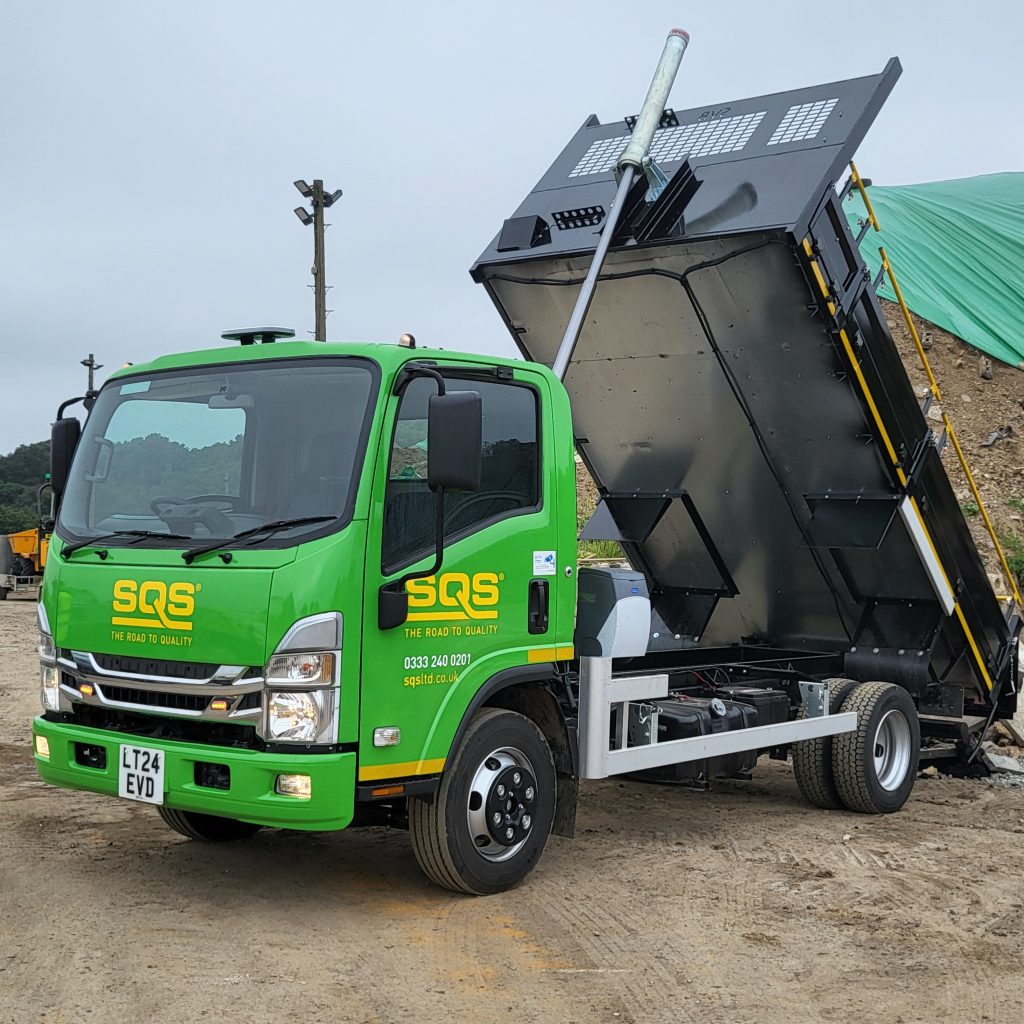
Transport & Logistics – Driving The Industry Forward
